Plant Care
Tips & Tricks to Keep Your Garden Looking Great
When growing plants, following some general guidelines can help you get the best results. Home gardens host thousands of different plant species and varieties, including fruit trees, vegetables, roses, shrubs, annuals, and grasses, to name a few. We have compiled a few tips and tricks on how to make the best decision when purchasing a plant and where to place it in your garden once you get it home.
Planting Conditions and Location
Plants have evolved, or been propagated, to survive in various climates and conditions. When planning your garden, consider where the plant originates and what the climate is like. Decide whether you want to recreate these conditions in your garden by choosing a suitable location or by adjusting factors such as soil structure or adding shelter. Most plants available in New Zealand are selected to be suitable for planting somewhere in the country.
Most plants come with labels indicating the optimal conditions and location for growth. If you’re unsure, ask our staff for guidance.
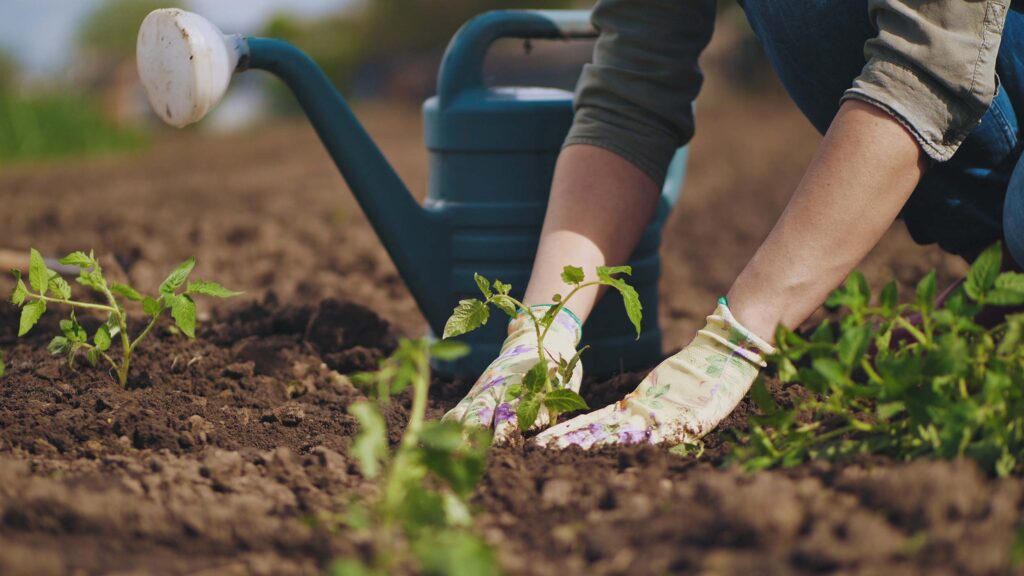
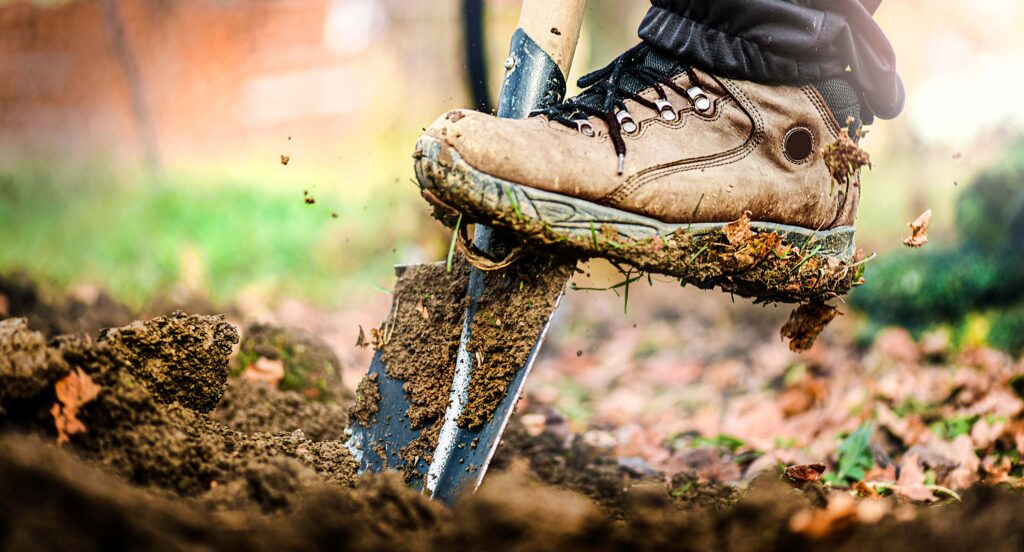
Soil
Most garden plants prefer soil with a natural pH range of 5.5 to 6.0. If soils become too acidic or too alkaline, plants will suffer, unable to absorb nutrients efficiently. This results in stunted growth, fewer flowers, and possible leaf discoloration from green to yellow.
The type of soil is also important. If your soil is sandy, add compost to the planting area. For clay soil, add gypsum. Mix these into the soil where you plan to plant to help even out the texture and add nutrients. Adding screened topsoil can also be beneficial.
Pests and Diseases
Keeping your garden clear of long grass and weeds is important. An overgrown garden can harbor pests and diseases that can quickly spread if not controlled.
Remove diseased plants, fallen leaves, fruit, and pruning wood, and dispose of them safely. Do not add infected green waste to the compost as it can spread disease once used in the garden.
Plants suffering from moisture stress (either too little or too much) are more prone to pests and diseases.
Companion planting is a natural form of pest control. Include herbs that deter pests in your garden. For example, chives and garlic help prevent aphids and can be planted under roses. Marigolds combat whitefly, making them good companions for vegetables. Additionally, planting shrubs that attract insect-eating birds like Fantails, Waxeye, and Bellbirds is beneficial.
If you identify an issue in your garden, fungicides and pesticides are the quickest and most effective methods of control. If you’re unsure which product to use, bring a sample of the affected plant to the nursery for assistance. Remember, prevention is the best cure.
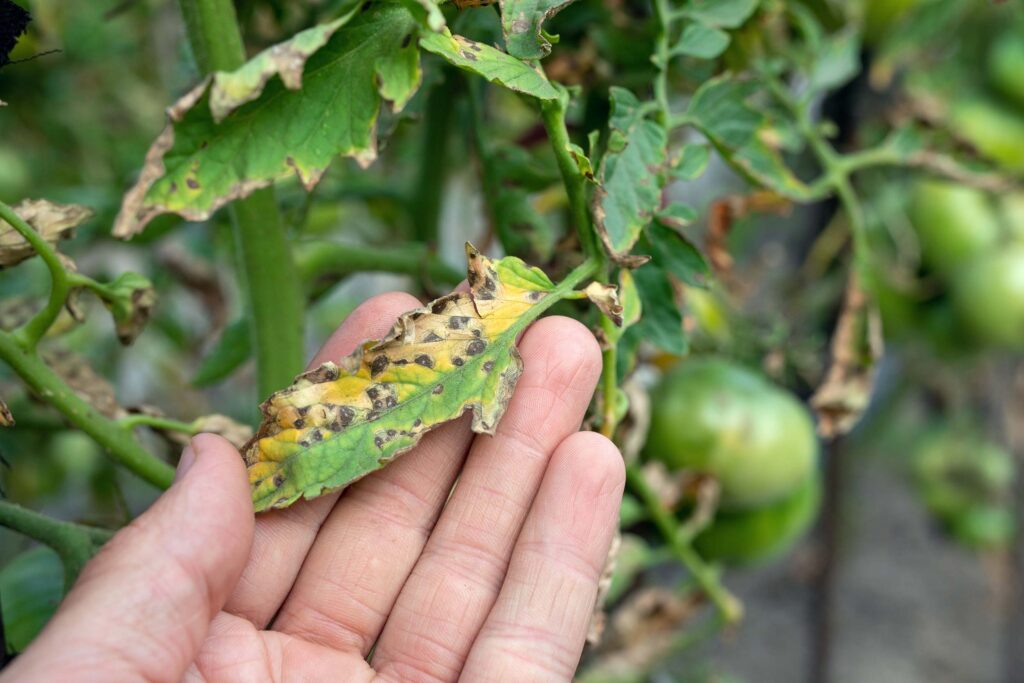
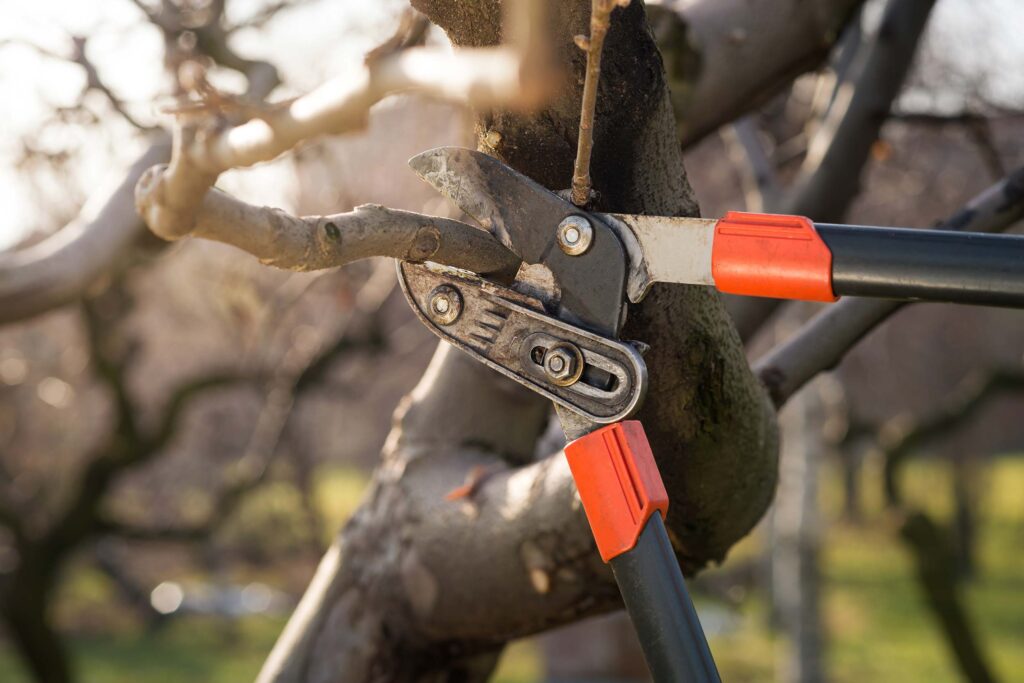
Pruning
Autumn is not ideal for pruning as it can stimulate new growth that may be killed by frost and cold temperatures. Spring is when new growth appears, so hold off pruning until then. Summer is good for identifying dead branches, and winter is ideal for pruning many trees and shrubs since it’s easier to see what needs pruning when there are no leaves.
Always use clean, sharp tools and select the right size tool for the branch to avoid damaging both the plant and the tool. Use a pruning saw for branches larger than 4 cm in diameter, pruners for the smallest branches, and loppers for branches around 2.5 cm in diameter.
Choose a dry day for pruning, cut at a 45-degree angle to prevent water from collecting on the cut, and clean up all the cut branches, disposing of them correctly.
Do not add any infected green waste to compost.
Watering
Aim to water early in the morning or in the evening. This prevents quick evaporation, allowing plants more time to absorb the water.
Whenever possible, water the soil directly, not the foliage, to avoid sunburn and fungal diseases. Water deeply rather than frequently to help trees and established plants develop strong, deep roots, making them less vulnerable to dry periods. Note that this tip does not apply to vegetable gardens, flower gardens, and lawns, where roots are closer to the surface, and overwatering can cause drowning.
Don’t let your soil dry out completely as dry soil does not absorb water well, potentially causing runoff.
Water before plants show signs of stress. If you wait until they look droopy, damage has already been done, and the plant may struggle to recover.
Mulching helps retain soil moisture. Apply mulch to your garden but keep it away from the stems or trunks of plants to prevent rot.
Check the ground before watering to avoid waterlogging, which can drown plants.
Installing an irrigation system can help water large areas, and you can set it on a timer to ensure your garden gets watered even when you’re away.
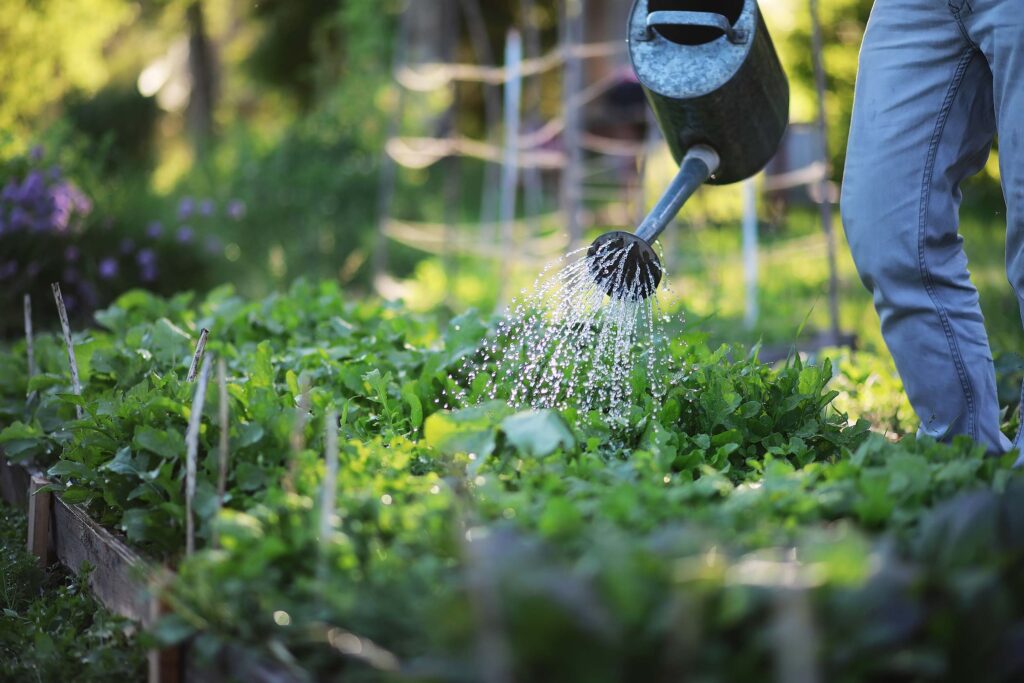
For more information please contact us
We’re here to offer expert help and advice. Happy Gardening!